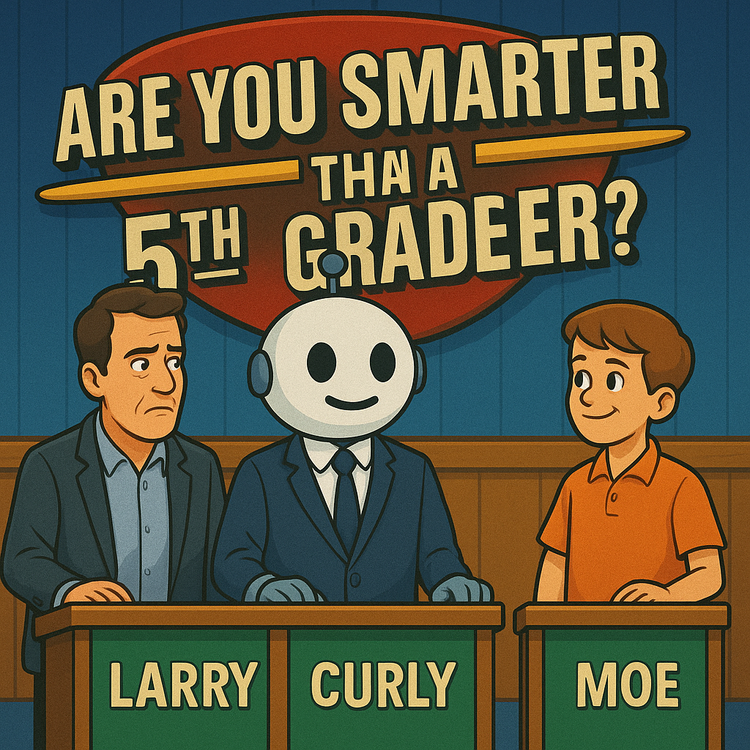From Idea to Interaction: How AI Tools Like Codex Could Redefine Product Experimentation

Product managers have always chased faster feedback. We A/B test copy, launch MVPs, and whiteboard customer journeys; all in service of learning sooner. All while experiencing bottlenecks along the way. But with tools like OpenAI’s Codex, we may be on the verge of removing that bottleneck altogether.
Originally designed to translate natural language into working code, Codex and a new generation of agentic AI tools offer something product leaders have long needed: the ability to experiment with working solutions before involving engineering.
Codex gives product managers just enough technical lift to test ideas before engineering gets involved. That small shift can make a big difference in how fast teams learn.
Rethinking Product Experimentation
Imagine this:
- You describe a user flow in plain English
- An AI agent generates a working prototype or logic snippet
- You test it with a customer before the next sprint planning session
It’s moving from sci-fi to something tangible and real. And for PMs, it means experimentation no longer needs to wait on mockups, handoffs, or sprint bandwidth.
How Tools Like Codex Could Unlock Faster, Smarter Experiments
1. Prototypes Without the Wait
Most new ideas require an engineer or designer before they can be tested. With AI code generation:
- PMs can spin up mock interfaces or flows in hours
- You can run quick tests internally or with pilot users
Use Case: Testing two different onboarding flows? Codex could potentially generate working logic for both. Run side-by-side trials to assess the experience.
2. Customer Discovery That Moves Beyond Slides
Instead of presenting concepts, you can show rough functionality:
- Simulate an API integration
- Create a basic reporting dashboard
Codex shifts customer discovery from hypothetical to experiential. You will have the ability watch them try it in real-time.
3. Preempting the Feasibility Bottleneck
How often does a promising idea hit a wall once engineering uncovers a blocker?
With tools like Codex:
- PMs can test integration concepts with mock data
- Explore backend logic paths before formal grooming
- Reduce time spent on ideas that won’t make it past tech review
The result is more confidence in what gets prioritized.
4. Scalable Experimentation Without Scalable Headcount
The backlog is already full. But not every idea needs a full build-out:
- Generate internal tools for quick research
- Test hypotheses solo, without draining team capacity
This approach allows engineers to focus on what matters most.
A Clear-Eyed Look: Codex Isn’t Production-Ready (Yet)
Let’s not oversell it. While Codex is powerful, it is also not ready for production use out of the box. Studies have shown that AI-generated code can introduce bugs or security vulnerabilities, and it will lack awareness of your architecture, dependencies, or edge cases.
What it is good for:
- Disposable prototypes
- Internal experiments
- Structured exploration of technical ideas
View Codex as an idea accelerator. It is not yet a shipping engine. For now, PMs should treat it as a thinking partner, not a replacement for engineering.
The Broader Landscape: Codex, Claude, and Lovable
OpenAI isn’t the only one building tools in this space. Others are quickly joining the movement to bridge the gap between product intent and technical execution.
- Anthropic is experimenting with Claude Code, a tool designed to help users describe tasks like fixing a bug or testing a feature. The AI assists in completing them. While still in research preview and developer-focused, it points to a shared ambition: reducing the distance between idea and implementation.
- Lovable takes it a step further for product teams. It turns natural language prompts into fully functioning web apps. With built-in design tools, back-end logic, and one-click deployment, it positions itself as a superhuman full-stack engineer. This is ideal for PMs looking to spin up MVPs without waiting in line.
Although Codex was originally introduced in 2021, OpenAI has recently begun emphasizing its coding capabilities again in release updates. This suggests a strategic response to the wave of AI-powered builder tools entering the market. As players like Claude Code and Lovable gain momentum, OpenAI appears intent on reaffirming its leadership in this evolving category.
Together, these tools reflect a growing reality. AI is no longer just a brainstorm partner. It is becoming a build partner.
Final Thought: Experimentation Is Becoming a Hands-On Sport
The best product managers have always found ways to close the gap between insight and execution. What’s changing now is how quickly you can move from hypothesis to interaction without the traditional bottlenecks.
Codex and tools like it won’t turn you into a developer. That’s not the point.
What they do is give you a faster path to learning. You can shape ideas into experiences, pressure-test assumptions, and gather feedback before momentum stalls.
In the next phase of product work, your most powerful tools might not be in your backlog. They might live in your prompt history.




